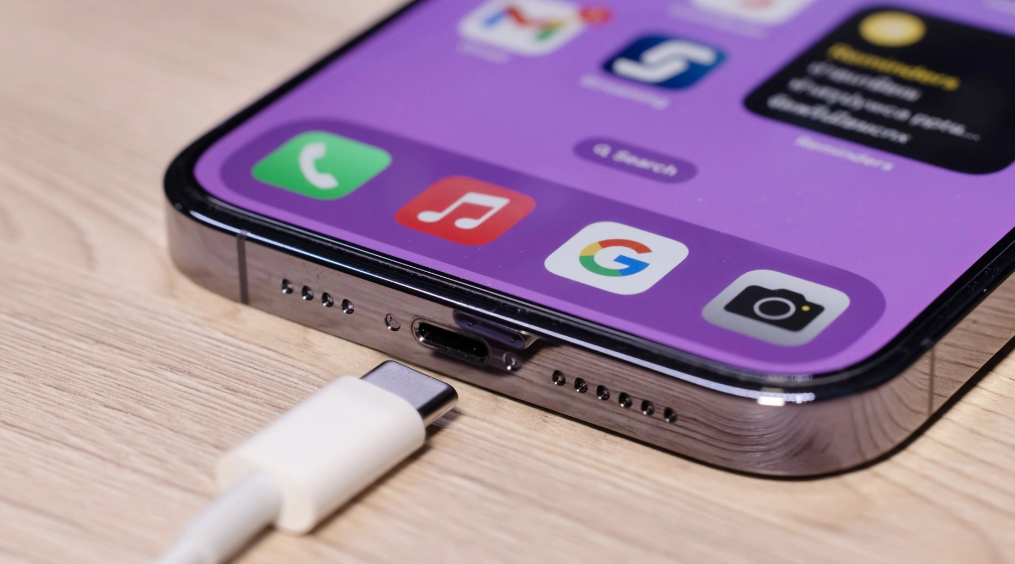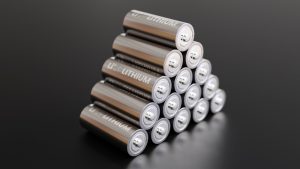Imagine being able to fully charge your dead phone in just one minute.
Others are reading now
Imagine if your dead laptop or phone could be fully charged in a minute, or if an electric car could be powered up in just 10 minutes.
While this isn’t possible yet, new research by a team of CU Boulder scientists could potentially make such advances a reality.
Breakthrough in Energy Storage Research
In a study published in the Proceedings of the National Academy of Sciences, researchers have discovered how tiny charged particles, called ions, move within a complex network of minuscule pores.
This breakthrough could pave the way for the development of more efficient energy storage devices, such as supercapacitors, according to Ankur Gupta, an assistant professor of chemical and biological engineering.
Also read
“Given the critical role of energy in the future of the planet, I felt inspired to apply my chemical engineering knowledge to advancing energy storage devices,” Gupta said.
“It felt like the topic was somewhat underexplored and as such, the perfect opportunity.”
The discovery is relevant not only for storing energy in vehicles and smartphones but also for power grids, where fluctuating energy demand requires efficient storage solutions to avoid waste during low demand periods and ensure rapid supply during high demand.
Supercapacitors, which are energy storage devices that rely on ion accumulation in their pores, offer rapid charging times and longer lifespans compared to traditional batteries.
“The primary appeal of supercapacitors lies in their speed,” Gupta said.
“So how can we make their charging and release of energy faster? By the more efficient movement of ions.”
Modifying Kirchhoff’s Law
The team’s findings challenge Kirchhoff’s law, which has governed current flow in electrical circuits since 1845.
Unlike electrons, ions move through both electric fields and diffusion. The researchers discovered that ion movements at pore intersections differ from what Kirchhoff’s law describes.
Before this study, ion movements were only understood in a single, straight pore. Gupta’s research now allows for the simulation and prediction of ion movement in a complex network of thousands of interconnected pores within minutes.
“That’s the breakthrough,” Gupta emphasized. “We found the missing link.”








